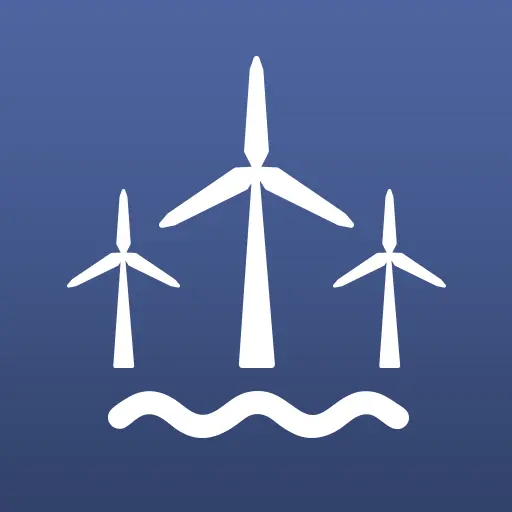
Swedish Pelagic Federation Producer Organization (SPF) represents all Swedish fishing vessels in the pelagic fishery, including the herring and sprat fishery in the Baltic Sea. Every year our members account for approximately 90 percent of the total fished volume in Sweden. We thank you for the opportunity to submit our comments.
The planned wind farm Baltica-1+ in the Polish exclusive economic zone can potentially have a negative effect on fish stocks caught by Swedish fishermen through underwater noise, vibrations, changing currents or electromagnetic fields around cables. The present knowledge about these influencing factors and their effect on the underwater fauna is severely lacking. SPF therefore consider that it is of utmost importance that these factors and their cumulative effects on fish and other underwater fauna are carefully investigated in the forthcoming Environmental Impact Assessment (EIA). We would like to emphasize that it is important to take into account effects even during the operation of the wind farm (for example, from underwater noise).
Possible negative effects from a wind farm on fish spawning, foraging for food, migrations etc. may pose serious consequences in the long term for our members, if important fish stocks are affected negatively.
SPF believes that Sweden should participate in the continued progress of the Environmental Impact Assessment (EIA). It is essential that the possible effects of the planned wind farm on fish stocks in the Baltic Sea are carefully investigated and that the cumulative effects of this and other planned and existing wind farms in the Baltic Sea are taken into account in the analysis.
The EIA should describe the expected effects on the fish stocks and fishery during both construction and continuous operation and decommissioning of the wind farm. For fishing practices, a reference timeframe of at least 10-15 years should be used. We also want to point out that it is important to look at the importance of the area for completed trawl hauls and not just the volume and value of catches within the area. If the wind farm breaks traditional trawl hauls, it will have a negative impact on landing values for a significantly larger area than just the designated area.
Annelie Rosell, SPF